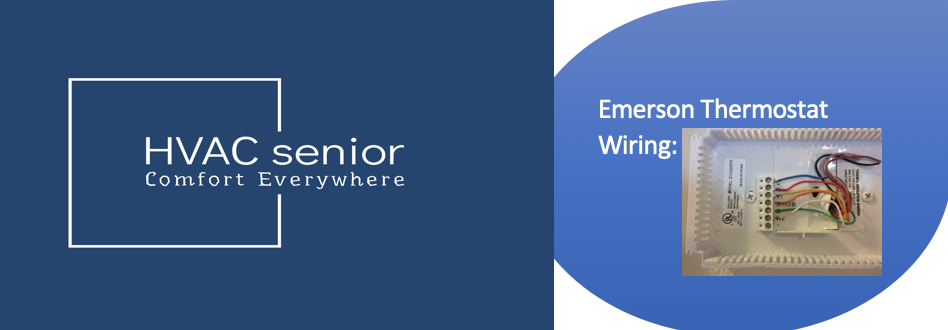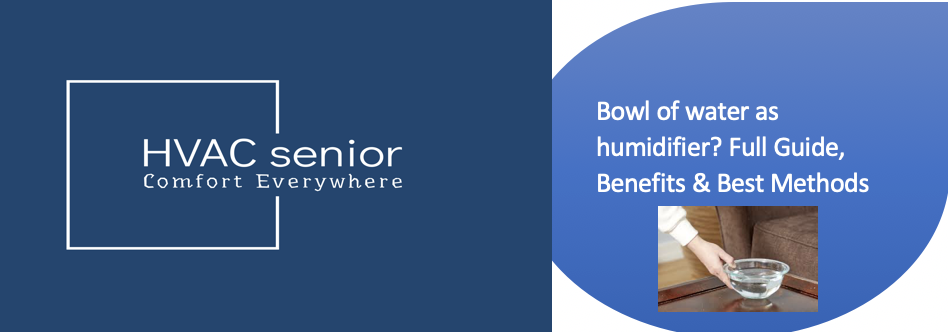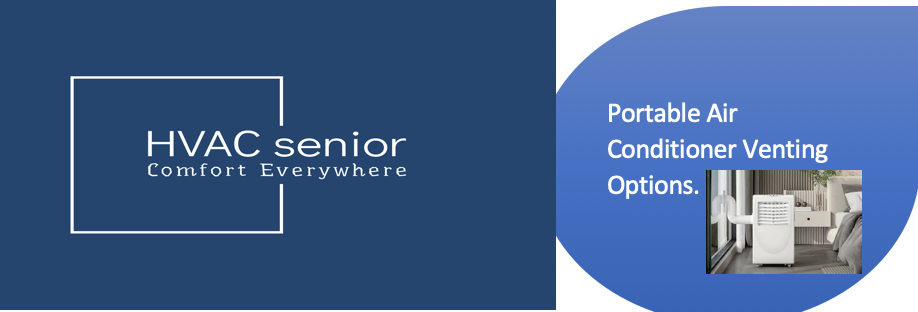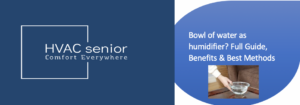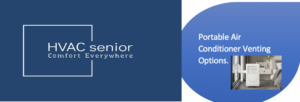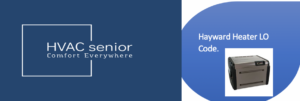In the quest to improve indoor air quality, the dehumidifier and air purifier are the first things to come to mind. Both can improve comfort and health in your home, but they are not identical.
Using the incorrect unit — or assuming one will do it all — can lead to frustration, wasted energy, and less-than-satisfactory results.
This guide discusses the differences between dehumidifiers and air purifiers, how they function, and how to choose the right one for you.
What Is a Dehumidifier?
A dehumidifier is a device that removes excess moisture from the air. It is mostly utilized to lower indoor humidity levels, thus your home will be less prone to mold, mildew, and odors.
How a Dehumidifier Works
- The dehumidifier draws in wet air.
- This air is drawn over cold coils, which condense the water into droplets.
- The collected water is stored in a tank or drained out through a hose.
- The dry air, now warmed slightly, is released back into the room.
Most new models also include an internal humidistat, so you can program your desired level of humidity — typically 30% to 50%.
When to Use a Dehumidifier
You may need a dehumidifier if:
- You live in a humid climate.
- You notice condensation on walls or windows.
- You have mold, mildew, or a mildewy smell in your home.
- You must protect wooden furniture, floors, and equipment from over-humidifying.
- You have dust mites or allergy triggers that thrive in humid conditions.
Benefits of a Dehumidifier
- Prevents mold and mildew growth.
- Enhances comfort — dry air feels lighter and is cooler.
- Protects furniture and electronics from moisture damage.
- Removes allergens like dust mites that breed in humid air.
Limitations
- A dehumidifier does not remove or clean dust, pollen, or smoke from the air.
- It will likely consume more electricity than an air purifier because it has a compressor and fan.
What Is an Air Purifier?
An air purifier is a machine that removes airborne contaminants and particles from the air. It’s ideal for removing dust, allergens, smoke, odors, and even poisonous gases.
How an Air Purifier Works
- Air is pulled in by a fan into the machine.
- The air is pulled through multiple filters — most often a pre-filter, a HEPA filter, and sometimes an activated carbon filter.
- Particles such as dust, pollen, and pet dander are caught by the filters, and odors and chemicals are adsorbed.
- Clean air is then released into the room.
Certain air purifiers include extra technologies like UV-C lights or ionizers, but HEPA filtration remains the safest and most effective.
Also read: Santa Fe Dehumidifiers
When to Use an Air Purifier
You should use an air purifier when:
- You have allergies or asthma.
- You want to remove dust, smoke, or pet dander.
- You smell strong cooking or pet odors.
- You live in a city or area with air pollution.
- You want to reduce VOCs (volatile organic compounds) from cleaning or furniture.
Benefits of an Air Purifier
- Removes airborne allergens such as dust, pollen, and pet dander.
- Removes odors and smoke with activated carbon filters.
- Improves breathing comfort and reduces irritation.
- Operates quietly and usually consumes less power than dehumidifiers.
Limitations
- Does not remove humidity or growth of mold due to moisture.
- Filters will need to be replaced after a while, adding to recurring costs.
Dehumidifier vs Air Purifier: Key Differences
| Feature | Dehumidifier | Air Purifier |
| Main Function | Takes moisture out of the air | Takes out pollutants and particles |
| How It Works | Dehumidifies water vapor into liquid and pumps it out | Cleans air with HEPA and carbon filters |
| Best For | Humid, moldy, or musty rooms | Allergen-laden, dusty, or smoky rooms |
| Reduces Humidity? | Yes | No |
| Removes Allergens? | Indirectly (by removing mold/dust mites) | Directly (by filtering out particles) |
| Energy Usage | Moderate to high | Low to moderate |
| Maintenance | Drain water tank, clean coils | Replace filters every few months |
| Odor Control | Some effect (by drying out air) | Strong effect (with carbon filters) |
| Lifespan | 5–10 years | 3–7 years (based on model and filter maintenance) |
Which One Should You Choose?
The choice between an air purifier and a dehumidifier depends on the main air quality issue in your home.
Choose a Dehumidifier If:
- Your home is damp, sticky, or muggy.
- Mold or mildew is visible.
- You smell musty odors.
- You live in a humid location.
- You want to prevent condensation on walls or windows.
Choose an Air Purifier If:
- You have allergies, asthma, or respiratory disease.
- You notice smoke, dust, or pet dander floating through the air.
- Your home has cooking or pet odors.
- You live near traffic or pollution hubs.
Use Both If:
- You have both humidity and allergy problems simultaneously.
- You need complete air quality improvement — cleaner, drier, and fresher air.
In damp areas like basements, bathrooms, or laundry areas, a dehumidifier comes first. Once humidity is under control, add an air cleaner to eliminate airborne pollutants.
Also read: Best Air Purifier with Washable Filters
Advantages of Using Both Together
Having both a dehumidifier and air purifier is the best of both worlds:
- The dehumidifier eliminates extra moisture, preventing mold from growing.
- The air purifier traps dust, pollen, and odors for easy breathing.
- Together, they create a healthier, cleaner, and more comfortable living space.
For best performance:
- Place the units at a distance where air can circulate freely.
- Use the dehumidifier first in humid conditions, then the purifier.
- Keep windows and doors shut while in use.
Buying Guide: Choosing the Right Device
Dehumidifier Buying Tips
- Room Size: Choose according to room size (marked in pints or liters of water removed per day).
- Humidistat: Humidity control is automatically maintained.
- Drain Option: Convenient continuous drainage saves time, eliminating water tank emptying.
- Temperature: Desiccant models work best in cold rooms (e.g., basements).
- Noise Level: Utilize silent models in bedrooms or living rooms.
Air Purifier Buying Tips
- Filter Type: Search for a True HEPA filter — captures 99.97% of particles.
- Activated Carbon Filter: Removes odors and VOCs.
- CADR Rating: Check the Clean Air Delivery Rate to fit your room size.
- Noise and Energy Use: Select quiet and energy-efficient models.
- Maintenance: Change filters every 6–12 months for best performance.
Frequently Asked Questions
1. Will an air purifier lower humidity?
No. Air purifiers remove particles and odors but do nothing for humidity levels.
2. Will a dehumidifier help with allergies?
Yes, indirectly. Lower humidity reduces dust mites and mold — two main allergy offenders.
3. Can one unit handle both?
Some combination units exist, but they tend to compromise on performance. Separate units are best.
4. What humidity should I target?
Maintain indoor humidity between 30% to 50% for comfort and mold prevention.
5. Which is more energy-efficient?
Air purifiers generally require less energy than dehumidifiers, especially in dry areas.
Maintenance Tips to Maximize Performance
For Dehumidifiers
- Drain and clean water tank regularly.
- Clean coils and air intake grids monthly.
- Avoid low humidity settings (dries out wood and skin).
- Run in closed rooms for maximum performance.
For Air Purifiers
- Replace HEPA filters as per plan.
- Vacuum pre-filters monthly.
- Close windows and doors while running.
- Place the purifier in the center of the room for best airflow.
Environmental and Health Impact
Both systems promote a healthier indoor environment:
- Dehumidifiers avoid mold and dampness that leads to respiratory illness.
- Air purifiers remove airborne particles and allergens, improving indoor air quality to breathe.
- Using both is an excellent means to reduce indoor air pollution and promote better sleep quality and comfort.
They also safeguard your house from wall, paint, and furniture damage caused by moisture and pollutants.
Conclusion
Understand the difference between a dehumidifier vs air purifier to lead you to the right investment for your very own home.
- If your problem is dampness or mildew, buy a dehumidifier.
- If your problem is dust, smoke, or allergens, buy an air purifier.
- For the best indoor environment, get both — one to dry the air out, and one to clean it.
The end result is fresher, drier, and cleaner air — providing a relaxing environment for you and your loved ones to breathe easy daily.



